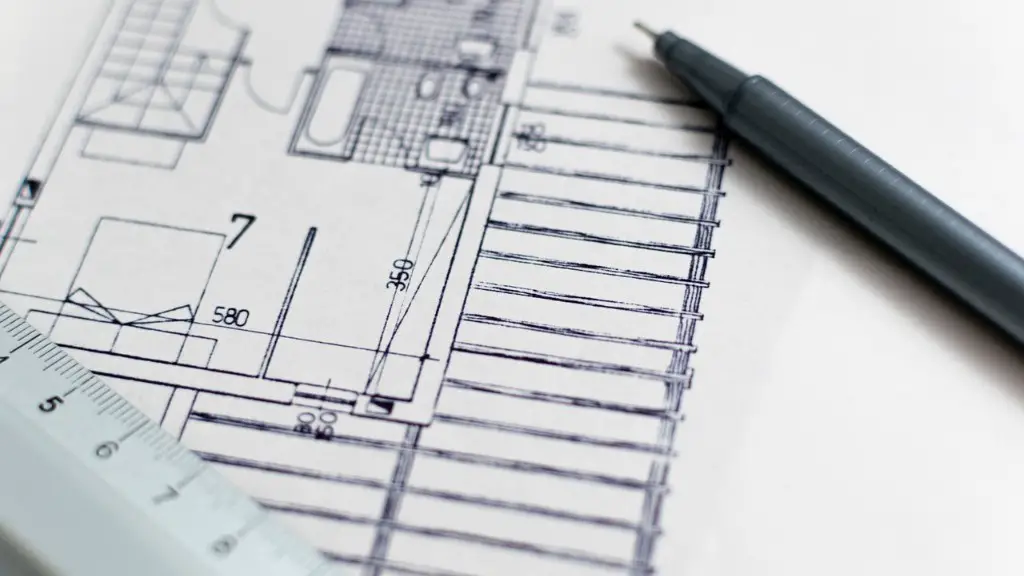Designing a Hospital Architecture
Hospital architecture, a prominent form of public architecture, designs physical construction and space that is conducive to health and healing. Going beyond physical boundaries, this form of architecture also incorporates various elements of human behavior and psychological effects to create patient welfare and satisfaction. This article will explain the various aspects and elements involved in the design of hospital architecture and provide readers with an insight into what should be considered when designing a hospital architecture.
Stakeholders
The process of designing a successful hospital architecture requires considerations from a variety of stakeholders. After researching existing facilities and physical constraints, the initial design process should include discussions about the needs and views of the hospital doctors, administrators, visitors, and patients. For example, in the situation of operating rooms, in addition to discussing the necessary layout and infrastructure to enable the staff to perform optimally, there needs to be consideration of how the infrastructure helps restore patient confidence, as well as a healthy workspaces for the medical staff and surgeons.
Moreover, designing a good hospital architecture will not only require input from medical staff and administrators, but also from municipal authorities, planners, politicians, environmental concern groups, and other related authorities. Involving these stakeholders will ensure that any potential impact of the hospital’s architecture on its surrounding environment is taken into consideration.
Functional Design
It is important to ensure that the design of the hospital architecture is efficient and practical. To ensure that the hospital facilitates optimal patient care, the layout of the facility should be designed to allow for smooth traffic flow. Patients should be able to quickly move from one part of the hospital to the other and from one specialist to the next. As such, it is essential to consider the available space and design a layout that allows for a logical flow of patients and staff from one area to the next.
In addition, the hospital architecture should be designed to allow for flexibility for future expansion. This involves the incorporation of key design elements such as scalable electrical and plumbing systems, lift shaft extensions, and space for additional amenities.
Safety
One major consideration when designing a hospital architecture is safety. The hospital should be designed with safety standards in mind such that it minimizes risks of any accidents or other calamities. This includes making sure that the entire hospital is wheelchair accessible and has adequate fire exits. In addition, the interior of the hospital should be designed to minimize the possibilities of falls and slips. The hospital is often required to meet specific health and safety regulations, and should be designed with these regulations in mind.
Environmental Considerations
A successful hospital architecture should be designed to be both comfortable and energy efficient. This involves making sure that the building has proper insulation from both the external environment and from within. Proper insulation ensures that the interior of the building stays at a comfortable temperature, minimizes excessive noise from external sources, and reduces the amount of energy needed to maintain a livable temperature.
In addition, the hospital should incorporate natural lighting wherever possible and be designed to reduce the reliance on artificial lighting. Natural lighting allows for improved patient well-being and satisfaction, and can also reduce the amount of energy used. Another important environmental consideration involves the use of sustainable building materials.
Aesthetics
The aesthetics of a hospital architecture should also be taken into consideration as it can contribute significantly to the psychological well-being of patients. Incorporation of colours, textures, and furniture that are pleasant and comforting can help to create a calming atmosphere inside the hospital. This should also be done in a way that is sympathetic to the architecture of the building by using materials that complement the existing building.
The incorporation of artwork and other aesthetically pleasing elements is also beneficial in assisting with the psychological comfort of patients. Simple pieces of art, paintings, or sculptures can significantly improve the atmosphere of the hospital and help to create a positive environment for both patients and staff.
Technology
Finally, a well-designed hospital architecture should incorporate some form of new technology that allows for the efficient operation of the facility. New technologies, such as electronic health records, electronic patient management systems, and automated dispensing machines, can greatly help improve patient care and satisfaction. Thus, ensuring that hospital architecture has the necessary infrastructure to support new technology is an important consideration when designing a hospital architecture.
Materials Used
When designing a successful hospital architecture, the construction material used should be carefully chosen. Whilst it is important to create an aesthetically pleasing structure, the materials used should also be considered in terms of functional and practicality aspects, such as fire safety and durability. For example, fire rated doors and steel frames are often installed in hospitals and other healthcare facilities to limit the spread of fire and smoke. Additionally, materials that are easy to clean and maintain, such as laminated floors and stainless steel surfaces, should also be incorporated.
Maintenance
The design of a hospital architecture should also incorporate an efficient system for the maintenance of the facility. This includes ensuring the implementation of appropriate systems for regular cleaning and maintenance of the building. This can be done through establishing an effective cleaning protocol that takes into account the safety and wellbeing of both staff and patients. Additionally, it is important to ensure that any repairs and maintenance that needs to be conducted is done in a timely and effective manner.
Health and Safety Regulations
The hospital architecture should also be designed with health and safety regulations in mind. This includes making sure that the building is compliant with all relevant regulations, such as the occupancy limits, fire safety regulations, and other relevant regulations. Furthermore, the design should also consider the access, egress, and safety requirements for both staff and patients. It is important to ensure that the hospital is designed to minimize any potential hazards.
Conclusion
Successful hospital architectures must consider a variety of factors and use a combination of elements to achieve a successful design. These elements include considerations from stakeholders, functional designs, safety and environmental considerations, aesthetics, technology and materials used, and maintenance and health and safety regulations. By taking all these elements into account, a successful hospital architecture can be designed to provide a beneficial and comfortable environment for its staff and patients.



